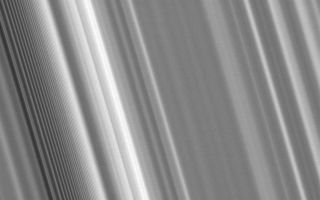
PIA10408: Tight Spiral
|

PIA10410: Behind the Veil
|
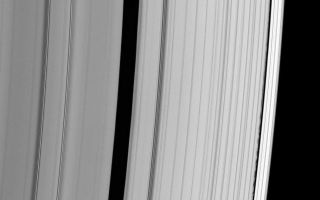
PIA10419: Rough Around the Edges
|
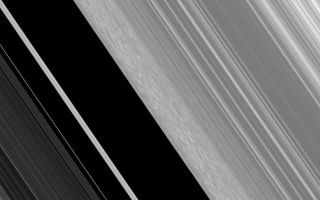
PIA10421: Perturbed Edge
|
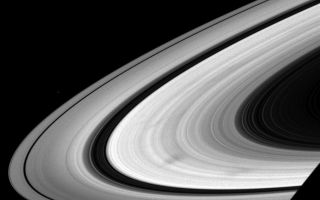
PIA10423: Spokes on the Wheel
|
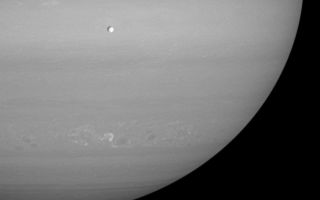
PIA10425: Peace Above, Turmoil Below
|
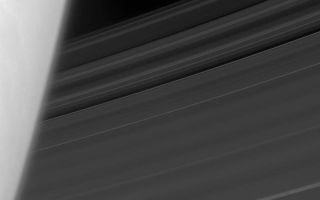
PIA10426: Beyond the Limb
|
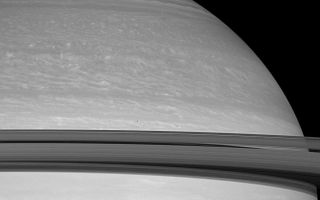
PIA10428: Moons in Transit
|
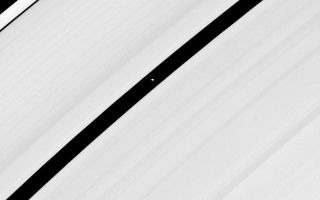
PIA10430: Encke's Moon
|
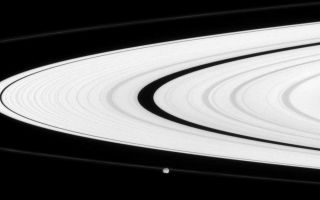
PIA10432: Obscuring Epimetheus
|
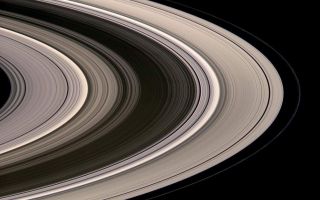
PIA10446: Scattered Sunshine
|
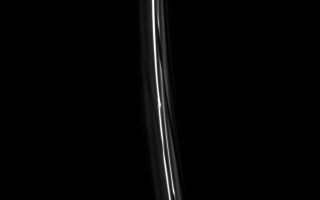
PIA10448: F Ring Channels
|
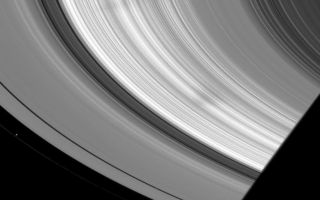
PIA10450: Like Spokes of Old
|
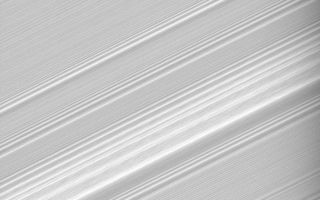
PIA10452: Structure in the Spiral
|
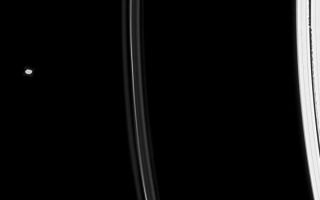
PIA10453: F Ring in Between
|
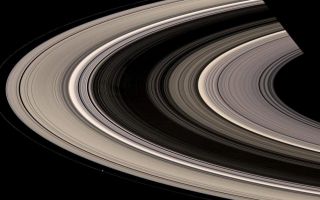
PIA10454: Out of Darkness
|
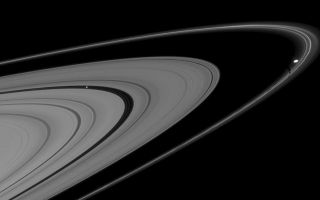
PIA10468: Disturbing Moons
|
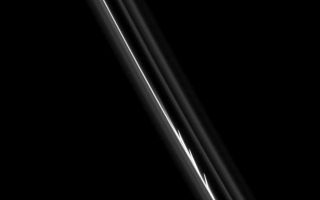
PIA10470: Evidence of Collision
|
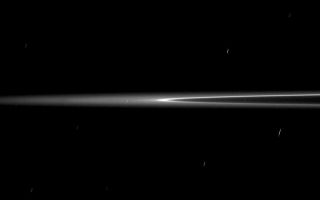
PIA10472: Arc in Motion
|
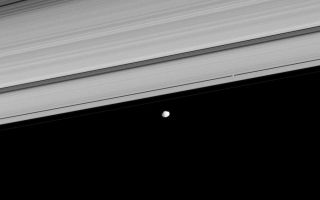
PIA10475: Pan and Janus
|
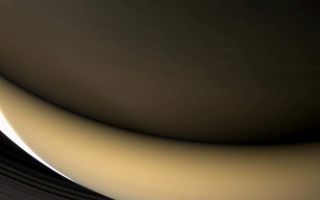
PIA10476: Saturn by Ringshine
|
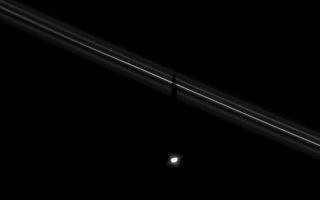
PIA10479: Pandora's Shadow
|
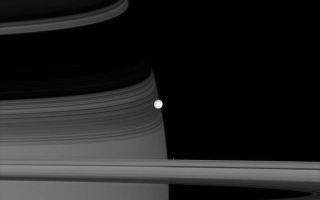
PIA10481: Gathering of Moons
|
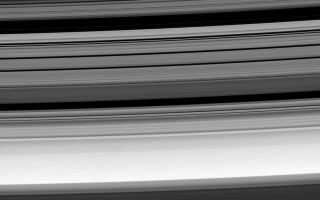
PIA10482: Moonmade Ringscape
|
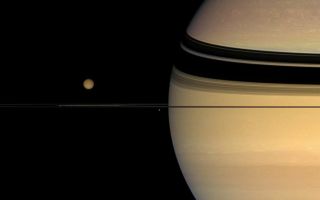
PIA10487: Many Colors, Many Moons
|
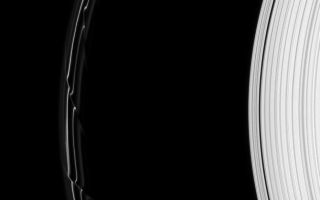
PIA10489: Warped F Ring
|
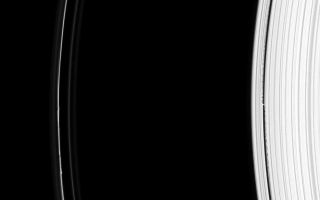
PIA10491: From A to F
|
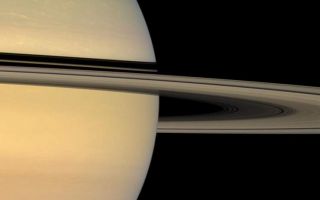
PIA10493: Eyes on the Rings
|
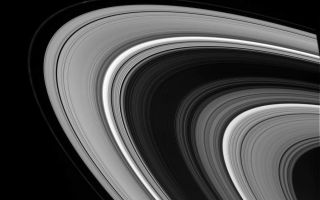
PIA10499: The Unlit Face
|

PIA10501: Two Kinds of Wave
|